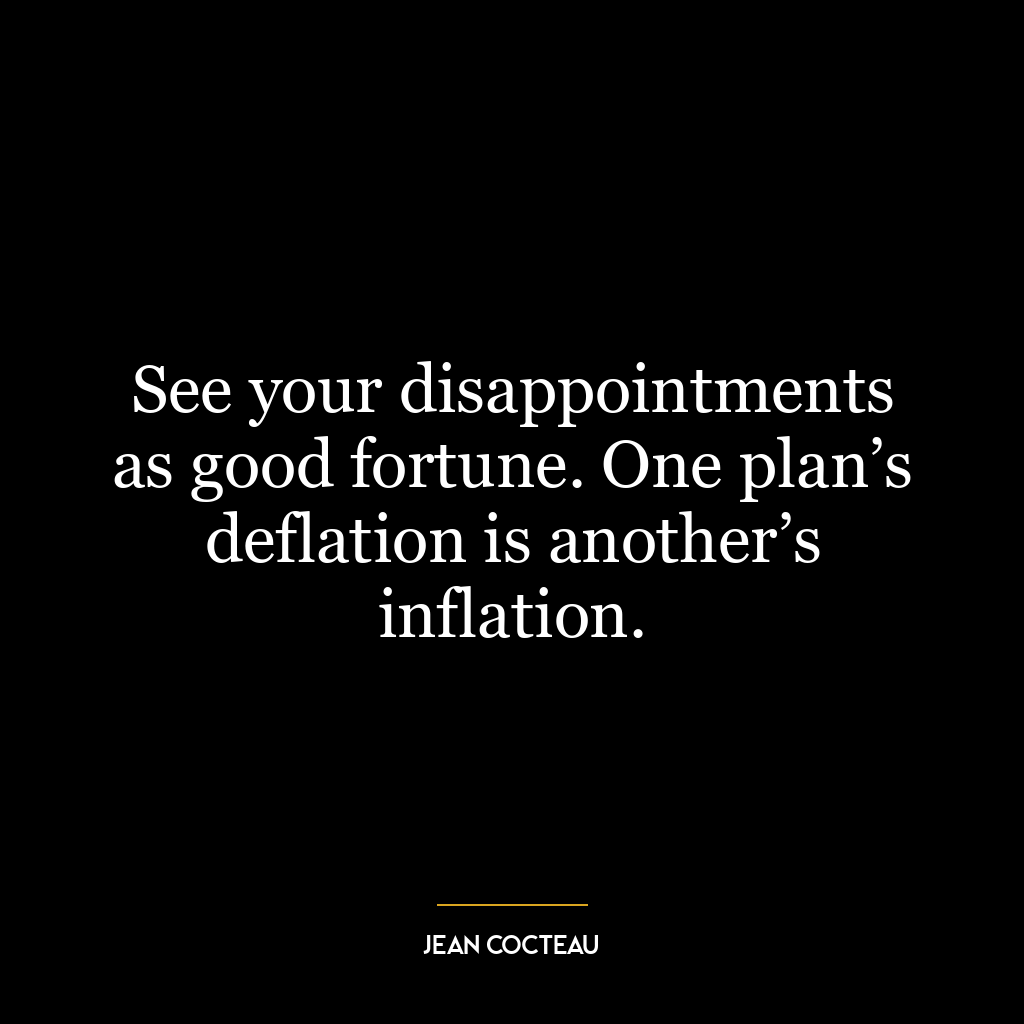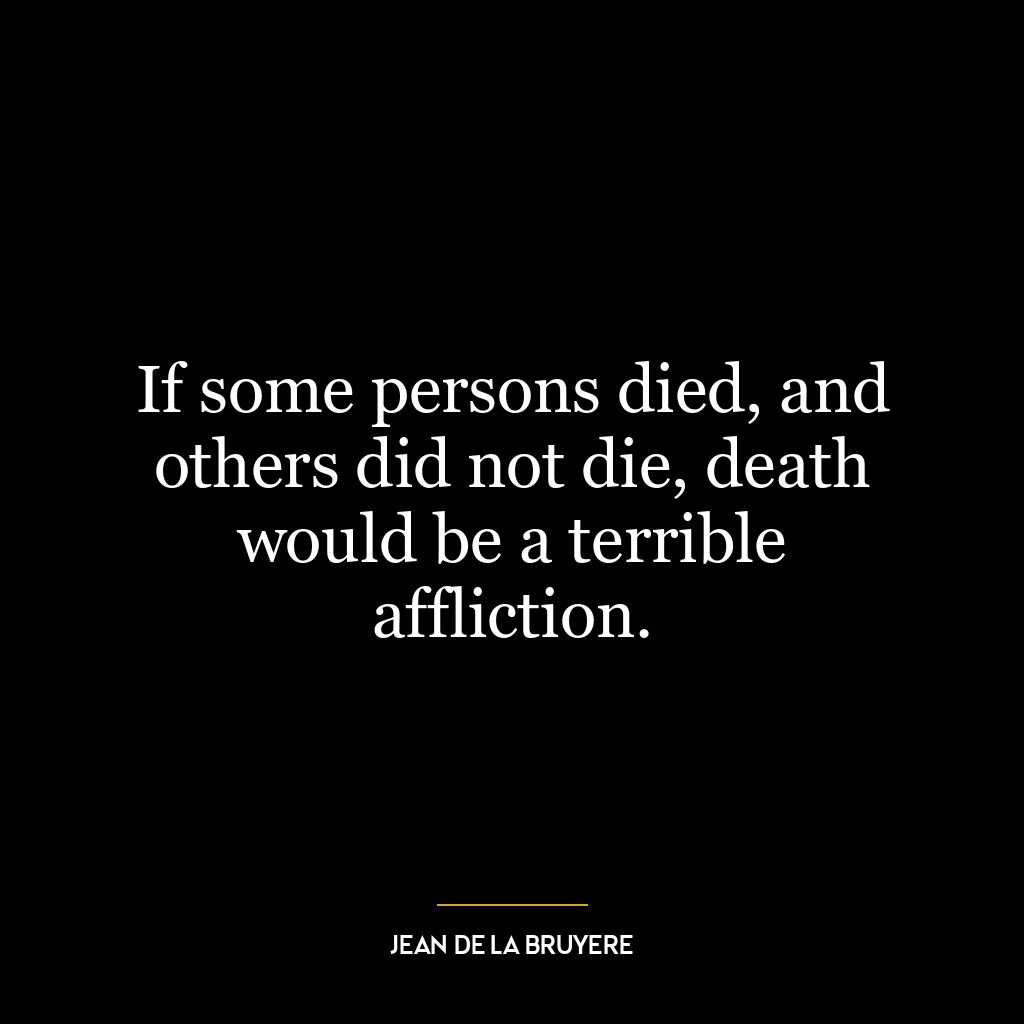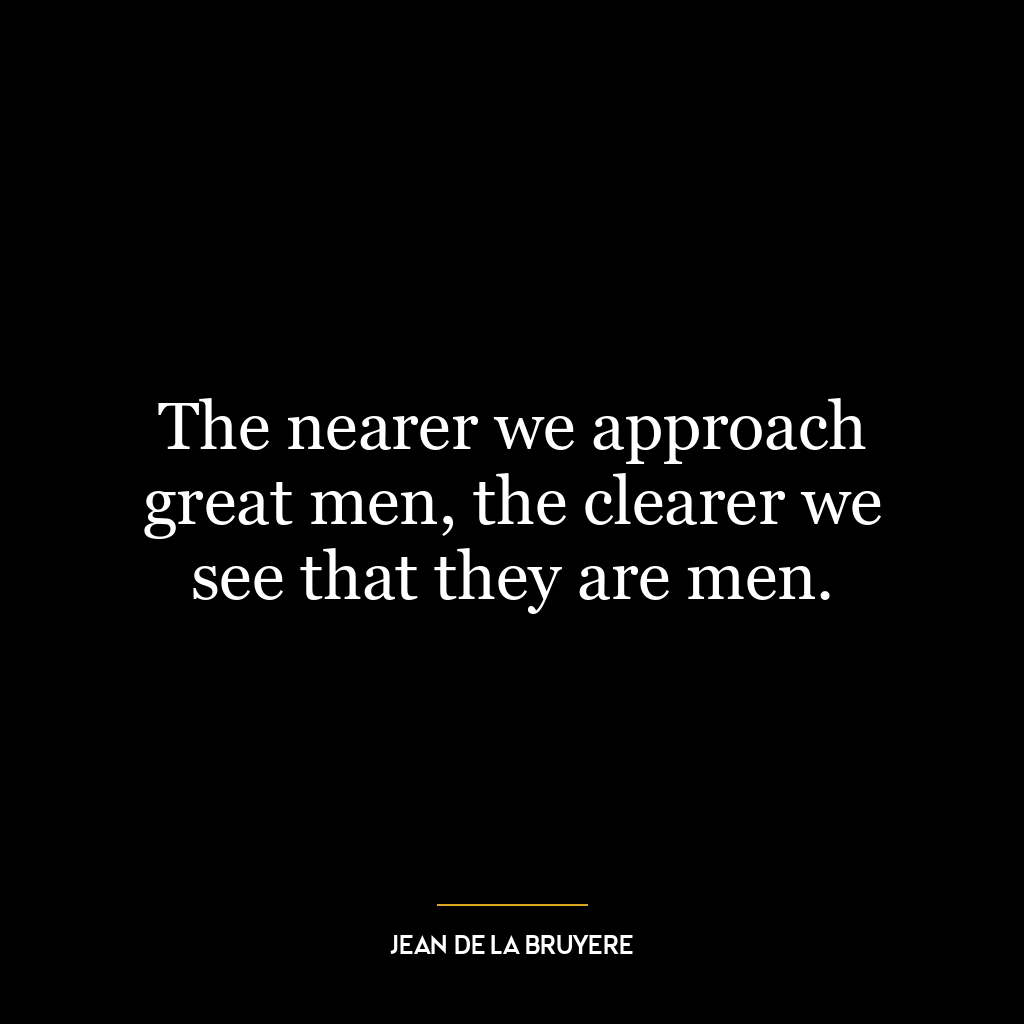Work and play are words used to describe the same thing under differing conditions.
This quote implies that the terms ‘work’ and ‘play’ are not necessarily opposites, but rather, they describe the same activity under different circumstances. Essentially, it suggests that when we find joy, engagement, and fulfillment in what we do, it feels less like ‘work’ and more like ‘play’. Conversely, when an activity is done under pressure, obligation, or without enjoyment, it is perceived as ‘work’, even if it’s something that could be enjoyable under different conditions.
This perspective challenges the traditional dichotomy where work is seen as a necessary drudgery and play as a leisure activity. It emphasizes the importance of finding pleasure and satisfaction in what we do for a living, thus blurring the lines between work and play.
In today’s world, this idea is particularly relevant in discussions about work-life balance and job satisfaction. With the rise of passion-driven careers and the emphasis on finding joy in one’s work, the boundary between work and play is becoming increasingly blurred. For instance, a graphic designer who loves art might find their work as ‘play’, while a passionate musician might see their practice as ‘work’ when it becomes a source of income and is done under pressure.
In terms of personal development, this quote could be interpreted as a call to pursue work that aligns with one’s passions and interests, thereby transforming ‘work’ into ‘play’. It encourages individuals to seek out careers that feel less like work and more like an extension of their hobbies or passions. This not only leads to greater job satisfaction but also promotes a more balanced and fulfilling life.
Moreover, it can also be a reminder to infuse elements of ‘play’ into our work – to find joy, creativity, and engagement in our tasks, thereby making work more enjoyable and less stressful. This could be through gamification, cultivating a positive work environment, or simply changing our mindset towards work.








